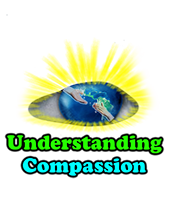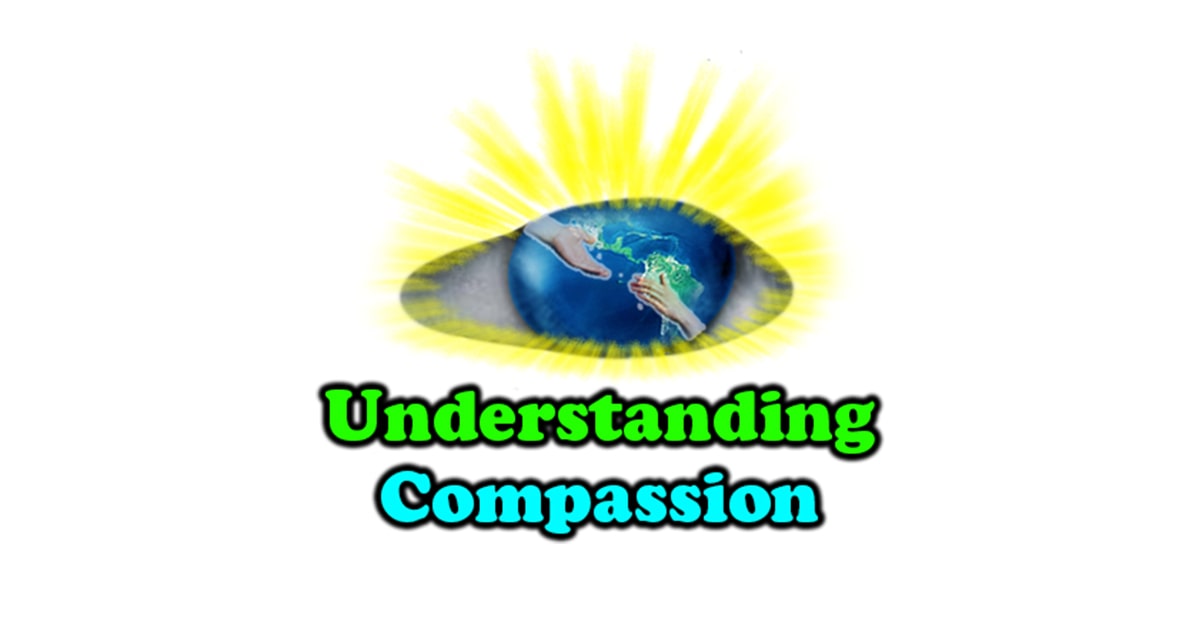Childhood trauma is the experience of an event by a child that is emotionally painful or distressful, which often results in lasting mental and physical effects. Many different childhood experiences can overwhelm a child, and when the emotional pain is severe, the intense feelings and associated concepts can sometimes be too much for a child’s mind to handle. This pain then sometimes stays in the mind, emotions and body, well into adulthood.
These intense trauma related feelings tend to keep the mind on constant daily alert, running in the background, in a state of fear or anxiety. They can raise uncomfortable emotional fight-or-flight alarms anytime something even slightly similar to the original overwhelming experience is perceived.
Someone who experienced trauma during childhood from having a strict, authoritative parent could live a large percentage of their lives having an intense and unhealthy fear of making mistakes, as their mind and body remembers the severe pain of spankings and of harsh, critical words. Another person might have experienced severe feelings of loss during childhood when losing a parent, sibling or a close friend. Then today in their adult relationships, they have become willing to unhealthily self-sacrifice many of their personal needs in order not to "lose" their partner; which to them could trigger intensely painful feelings similar to those from the loss from their childhood.
According to psychologist Dr. Andrea Brandt, processing these intense emotions is key to healing childhood trauma: "The healthy flow and processing of distressing emotions, such as anger, sadness, shame, and fear, is essential to healing from childhood trauma as an adult," she explains. While many of us were taught not to fully feel, express or process our emotions as a child, Dr. Brandt states just how important this really is: "We didn’t learn that emotions are temporary and fleeting, that they have a predictable beginning, middle, and end, and that we will survive. When we don’t learn how to feel our feelings, we may start to interpret all emotions as terrifying." But by feeling, expressing and processing our feelings, we allow them to diffuse.
As an adult, there is hope for relief and release by following these 9 steps for healing the painful memories and feelings associated with childhood trauma:
1. Get Grounded In The Body
To heal trauma, the first step is to bring your focus into your physical body, and into the present moment. In a quiet and peaceful place, sit in a comfortable chair and begin to practice deep breathing. Bring your mind's awareness to your body and focus on all of the sensations it's feeling. Continue deep breathing until you feel your focus is fully centered within your body.
2. Remember
Think of a recent experience when you felt emotionally triggered or upset. Review in detail what caused you to be provoked during the experience, and try to imagine yourself back in that same spot. Experience it again while you're in your quiet and safe area.
3. Focus On The Sensations
Continue deep breathing and allow yourself a moment of peace after having remembered an unpleasant memory. Then, mentally scan your body for any and all sensations it is experiencing. Your focus itself can cause feelings to open and to be revealed. Pay attention to any physical sensations of tingling, tightness or burning, as these feelings can be connected to repressed feelings. Explore the sensations and describe each in your mind as clearly as possible. After having clearly described these physical reactions, begin naming them.
4. Name The Feelings
Naming our sensations and feelings can give us a better sense of personal power when dealing with trauma, as we begin to better understand our own emotional landscape. Associate an emotion with each of the sensations you just experienced. Is the tension in your temples worry? Does the tightness in your chest area feel like a resistance from anxiety? Name as many of the sensations as accurately as you can, and enjoy expanding your emotional intelligence by getting to know yourself better.
5. Accept And Love All Of Your Feelings
Often with traumatic experiences, we did not receive the love and affection which we desperately needed as children. But today, we can give ourselves the love and compassion that our feelings are crying out for. Warmly and fully accept all of the feelings you named, and recognize that you are, and were, okay to feel them. Then, tell your feelings the loving affirmation; "I love the part of myself that feels anxious. I love you, my anxious self. I love the part of myself that feels sad. I love you, my saddened self." The more uncomfortable the feeling is, the more important it is to embrace it with your own healing love and acceptance. Practice this step until you can feel the physical love reaching and embracing the parts of yourself experiencing each named feeling.
6. Feel It And Experience It
Take a moment to sit with your beloved feelings, and notice any changes about them. Do they feel a bit lighter? More open and easier to identify? If more feelings come up, allow them and fully experience them as this is an important part of the healing process. If you feel like crying, cry. If you feel like yelling, yell. Express your deep emotions as they reveal themselves and enjoy that your emotional body is healthily processing them.
7. Receive Its Message And Wisdom
Ask yourself if the sensations and feelings that have come up are connected to memories from your past. They may be linked in some important way to the root of the trauma; to the experience or to a childhood belief about the experience. Stay open and gentle with your own experience, and allow your adult mind to lovingly integrate the feelings and beliefs you had as a child. If feelings come up, but you aren't fully clear about them, ask yourself what they might be related to. Try asking the feeling itself; "What are you trying to tell me?" and then listen for an emotional response. Learn everything you can about each associated feeling as it comes up.
8. Journal Or Talk About it (Or Both)
Write down your feelings and experiences in a notebook and continue to reflect on them as you put the pieces of the puzzle of yourself together. Writing thoughts and feelings down is healthy form of expressing them. If you have someone in your life whom you trust or who is a professional psychologist, and if you feel comfortable, consider sharing your experience with them. Further expressing these deep aspects related to the trauma can play an important step in releasing it.
9. Let It Go
Consciously picture the stress, frustration or anxiety from your trauma leaving your physical body. See yourself smiling in relief as you live each day in peace and without the fear and unpleasant triggers of a childhood trauma. The mind's ability of visualization can be quite powerful in directing the body's functions.
Healing childhood trauma can feel uncomfortable at first and can take time, but the rewards that come with a rested mind and rested emotions are definitely worth it. The freed up energy which was previously used in constant fight-or-flight mode further will add to your immense sense of inner peace. You can do it.
You are Loved.
See Also: 10 Loving And Proven Ways To Help Cope With Grief


















